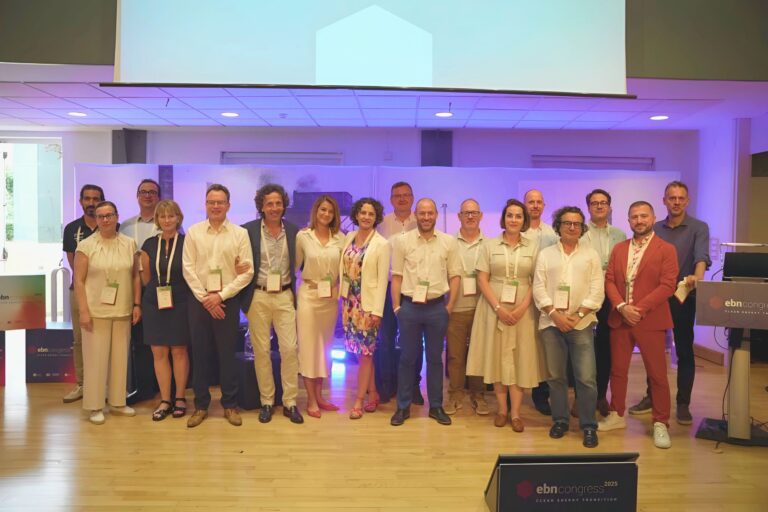Artificial intelligence – the new reality for translators, copywriters and designers
On July 30, a webinar on "How AI is changing the world of translators, copywriters and graphic designers in Bulgaria" was held. The event was organized by Business Innovation Center "Innobridge" within the framework of a project SPECTRA and was the third and last session of the series of short in-depth lectures dedicated to various topics relevant to the creative industries. The main highlight was the presentation of an interesting study conducted by Dr. Bagryan Malamin, dedicated to the interaction between artificial intelligence and creative professions in Bulgaria. Dr. Malamin is a researcher at the Institute of Philosophy and Sociology at the Bulgarian Academy of Sciences (IFS-BAS), and the main focus of his research is digital transformation and its impact on creative professions.
During the online session, we had the pleasure of getting to know his research - part of his dissertation work "Artificial Intelligence and Creative Professions: Sociological Projections of Their Present and Future Interaction", investigating the attitudes and expectations of Bulgarian translators, graphic designers and copywriters towards digitization and artificial intelligence (AI). The analysis focuses on the perceived threat of these technologies and the changes they cause. The thesis is that the advent of AI will not eliminate these occupations, but transform them by making them more efficient. Translators and creatives in marketing agencies and freelancers were studied. Two hypotheses were formulated and studied: there are no differences in the attitudes of the three professions towards AI and the respondents have a negative attitude towards the impact of AI on their professions.
In the study, conducted in the period 2019-2021, 188 translators and 109 Bulgarian graphic designers and copywriters were surveyed and tracked how they perceive the characteristics of artificial intelligence and what consequences they expect from its entry into their professional lives. The results show that 57% of the respondents believe that AI will significantly facilitate their work, while 33% are of the opinion that it will replace some of their duties. About 10% of respondents believe that AI will not have a significant impact on their occupations. The ratio of attitudes by age is particularly interesting – the older the participants, the less they rely on digital technologies and vice versa. Many of the respondents between the ages of 18-30 see AI as new opportunities for creativity and innovation in their work. For example, graphic designers can use AI to create more complex and creative designs that would be difficult to accomplish without the help of technology. Despite initial resistance, 62% professionals are ready to embrace and use new technologies. According to Dr. Malamine, successful adaptation to AI depends on the willingness of professionals to learn and acquire new skills.
Dr. Malamin said he plans to repeat his survey in the fall of 2024 to track whether there is a change in respondents' attitudes and perceptions toward artificial intelligence, especially in the context of significant advances in this technology. He emphasized the importance of such research for the adaptation of professionals to new technological realities and the need to prepare for innovation.
Although the study presents data collected in the period 2019-2021, the results are of particular importance. They give us a clear picture of how these professions perceive and use the opportunities offered by artificial intelligence. Future research is expected to provide an even deeper analysis of the development of these occupations and their transformation in the context of rapidly changing technologies. Research like this is key to the creative industries as it reveals how AI is changing professions and how creatives are adapting to those changes. They help industries adapt to new technologies and identify new, often unexpected, AI application opportunities.







